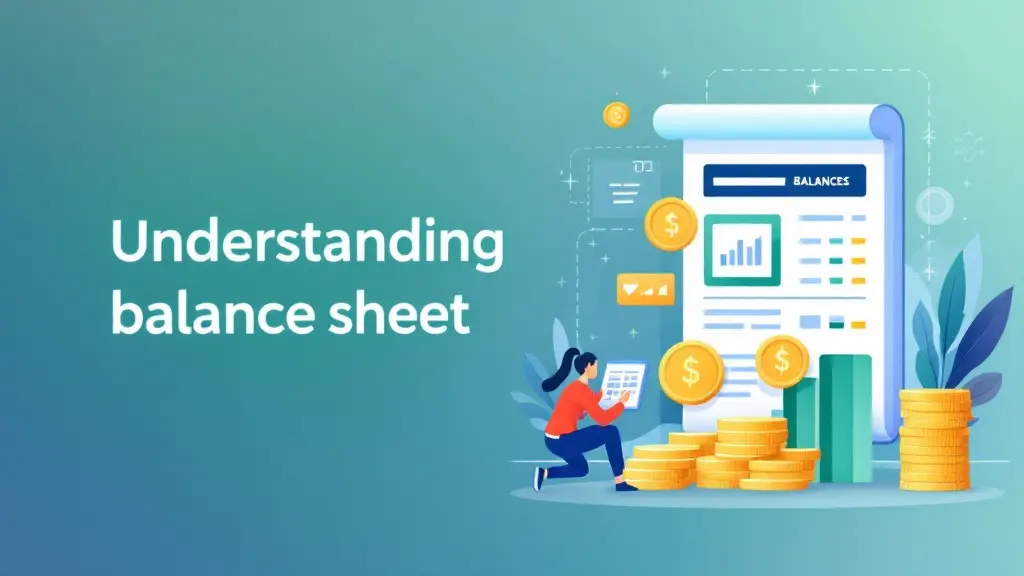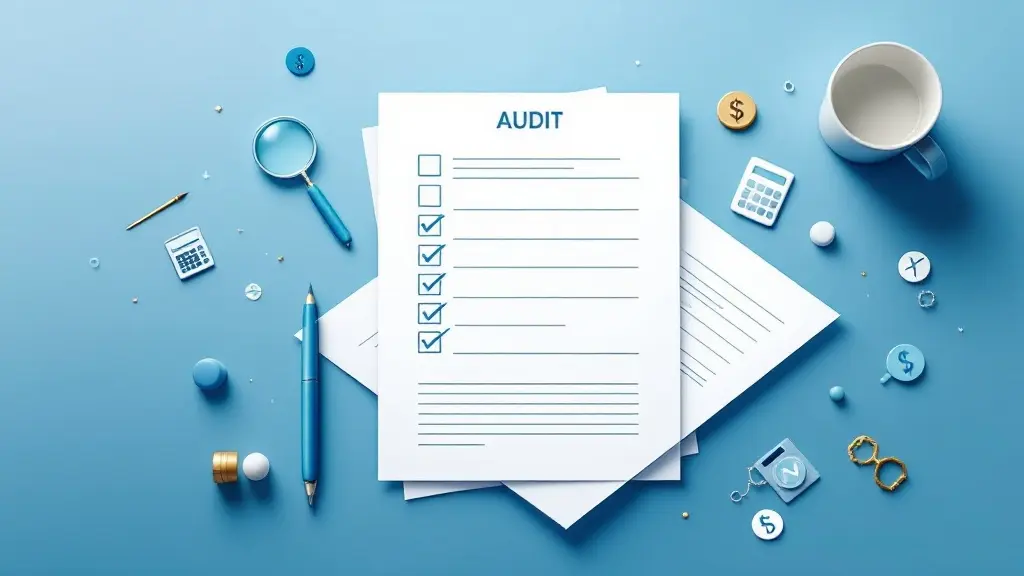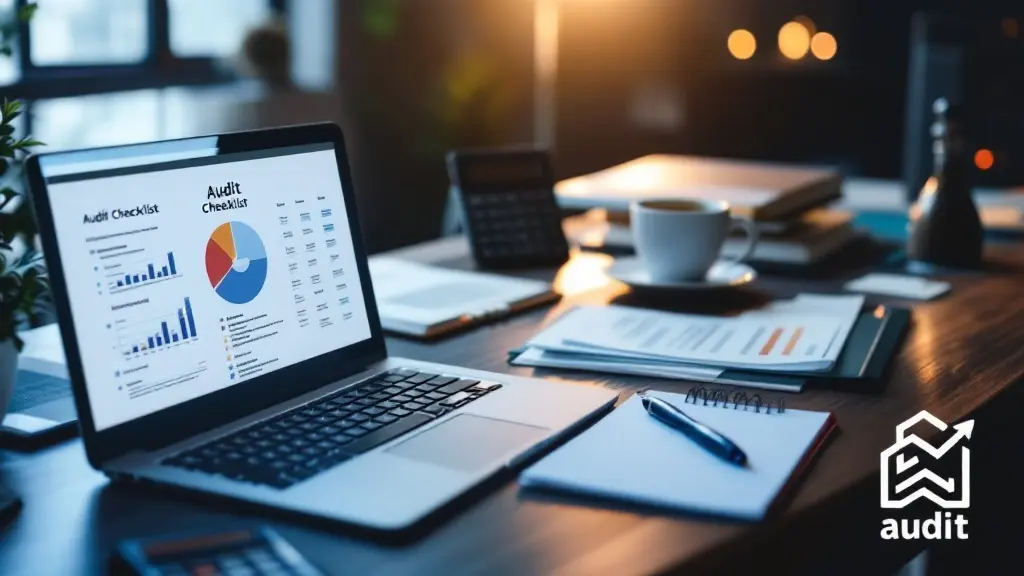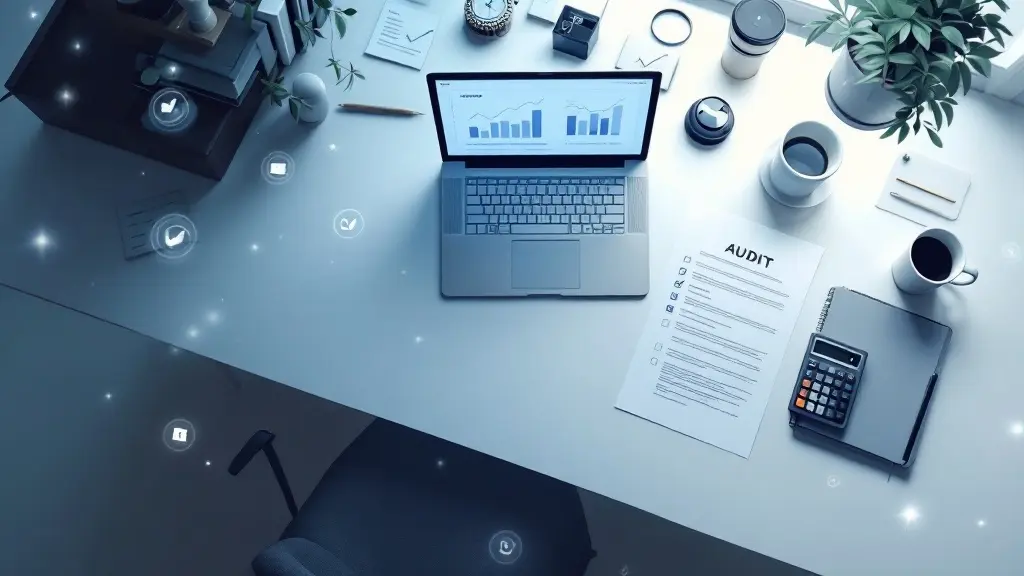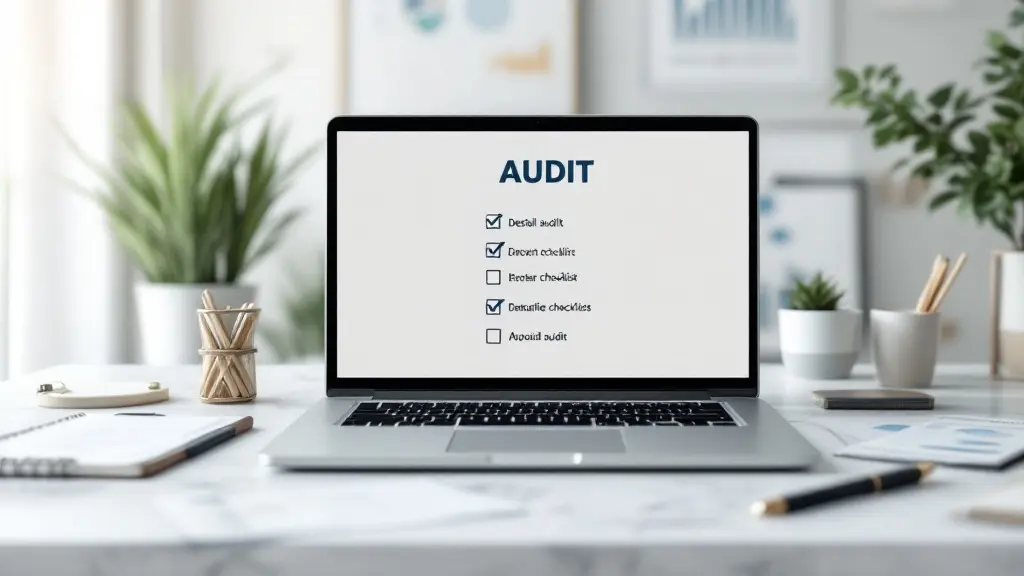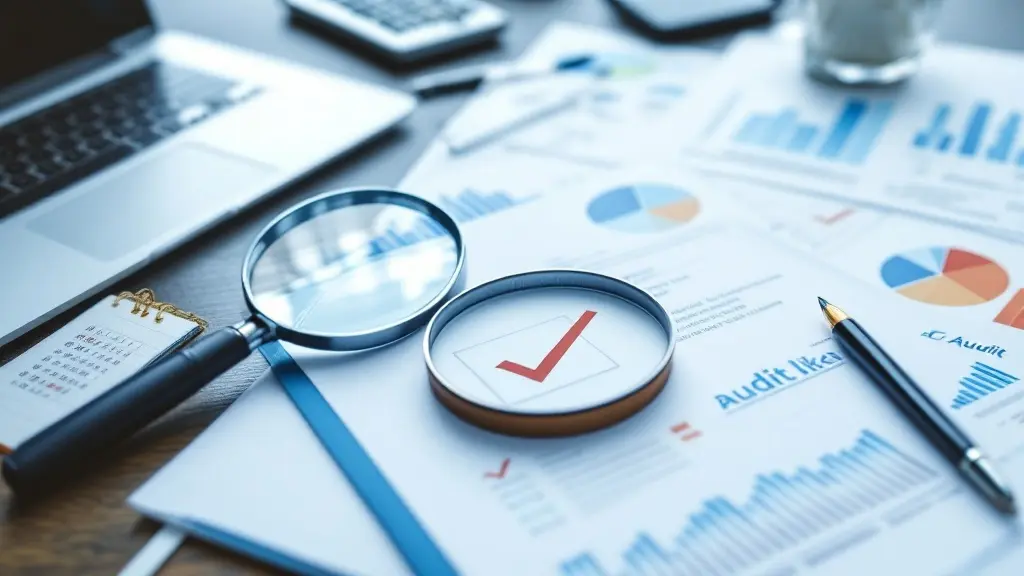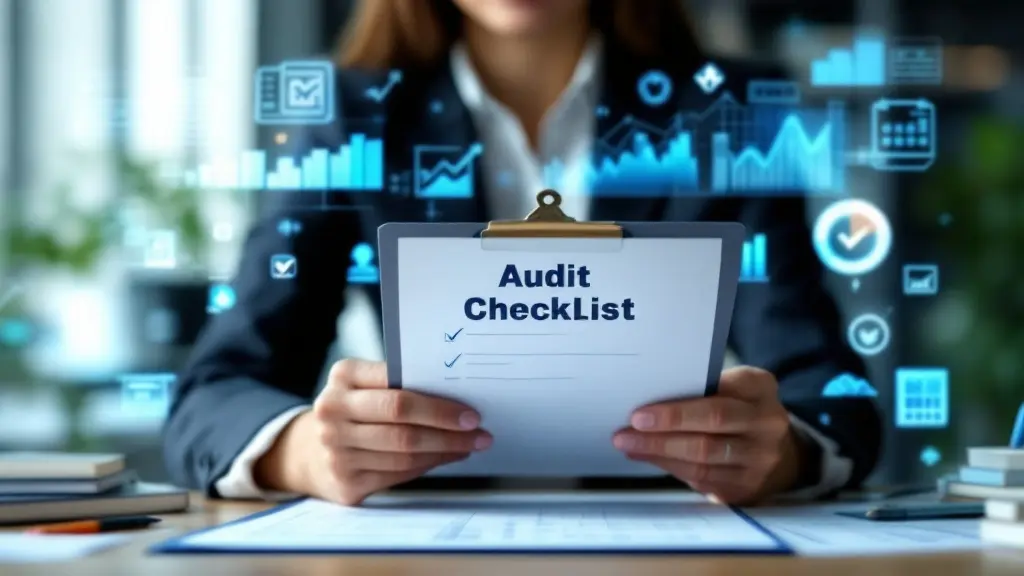Understanding Assets and Liabilities: Definitions, Types, and Importance in Financial Management
Table of Contents
Most Read
[fusion_dropcap class="fusion-content-tb-dropcap"]W[/fusion_dropcap]hen it comes to personal finance, business accounting, or investing, understanding the concepts of assets and liabilities is essential. These two terms form the backbone of financial statements and determine an individual or company’s overall financial health. In this blog post, we will break down the definitions, types, and importance of assets and liabilities. Whether you’re a student learning the basics or a business owner looking to strengthen your financial knowledge, this guide is for you.
What are Assets?
Assets are anything of value or resource that a person or company owns, which is expected to provide future economic benefits. In simple terms, assets are the things that have monetary value and can help increase wealth over time. Assets are typically categorized into two main types: current assets and non-current assets.
Types of Assets
- Current Assets Current assets are those that can be easily converted into cash or used within one year or within the company’s operating cycle (whichever is longer). These assets are vital for managing day-to-day business operations. Examples of current assets:
- Cash and Cash Equivalents: Includes money in hand or in the bank, such as checking and savings accounts.
- Accounts Receivable: Money owed to the business by customers for goods or services provided on credit.
- Inventory: Goods that a business sells in the course of its operations.
- Non-Current Assets Non-current assets, also known as long-term assets, are resources that provide benefits over a long period (more than a year). These are not easily convertible into cash and are usually crucial for the long-term operations of a business. Examples of non-current assets:
- Property, Plant, and Equipment (PP&E): Physical assets such as buildings, machinery, and land.
- Intangible Assets: Non-physical assets like patents, trademarks, and goodwill.
- Investments: Long-term investments in stocks, bonds, or real estate.
Importance of Assets
Assets play a significant role in an individual’s or business’s financial position. Having a healthy amount of assets allows for smoother operations, the ability to pay off liabilities, and long-term growth. Businesses use assets to generate revenue, while individuals use assets to build personal wealth.
What are Liabilities?
Liabilities are obligations or debts that a person or company owes to another party, typically due to past transactions or events. In simple terms, liabilities represent the financial responsibilities that need to be settled over time. Liabilities can be classified into two major categories: current liabilities and non-current liabilities.
Types of Liabilities
- Current Liabilities Current liabilities are debts or obligations that are due to be paid within one year or within the company’s operating cycle (whichever is longer). These short-term liabilities are typically settled using current assets like cash or accounts receivable. Examples of current liabilities:
- Accounts Payable: Money that the business owes to suppliers for goods or services received.
- Short-Term Loans: Loans or credit that must be repaid within one year.
- Accrued Expenses: Expenses that have been incurred but not yet paid, such as wages or utilities.
- Non-Current Liabilities Non-current liabilities, also referred to as long-term liabilities, are debts that are due after a year or more. These liabilities are typically associated with financing large projects, purchasing assets, or taking on long-term obligations. Examples of non-current liabilities:
- Long-Term Loans: Debt that is due after a year, often related to business expansion or purchasing significant assets.
- Bonds Payable: Money owed to bondholders, which businesses borrow through the issuance of bonds.
- Pension Liabilities: Amounts that businesses owe to their employees as retirement benefits.
Importance of Liabilities
While liabilities represent debts and obligations, they are a natural part of business operations. Companies often incur liabilities to fund their activities and growth. A reasonable amount of liabilities, especially long-term debt, can help finance new ventures, build assets, or increase production capacity. However, excessive liabilities, particularly short-term debt, can harm a company’s ability to remain solvent and operational.
Assets vs Liabilities: Key Differences
While assets and liabilities are both crucial elements in financial management, they serve opposite functions. Here’s a quick comparison:
| Category | Assets | Liabilities |
|---|---|---|
| Definition | Resources owned that generate value | Debts or obligations owed to others |
| Purpose | Used to generate wealth or income | Incurred to fund operations or purchases |
| Impact on Wealth | Increases wealth | Decreases wealth (when not managed well) |
| Examples | Cash, property, inventory, investments | Loans, accounts payable, mortgages |
| Classification | Current or Non-current | Current or Non-current |
Why Understanding Assets and Liabilities Matters
- Personal Financial Planning Understanding your assets and liabilities is essential when managing personal finances. By knowing what you own and owe, you can make better decisions about saving, investing, and budgeting. A healthy balance of assets and manageable liabilities leads to better financial stability and a stronger future.
- Business Decision-Making For businesses, knowing how much in assets is available versus liabilities is crucial for making key decisions like borrowing funds, investing in new projects, or expanding operations. A company’s financial statements (including the balance sheet) give a clear picture of assets and liabilities, which helps investors, creditors, and managers assess the company’s financial health.
- Financial Ratios and Health Metrics Financial ratios such as the debt-to-equity ratio, current ratio, and quick ratio are calculated using assets and liabilities. These ratios are crucial in evaluating an organization’s ability to meet its obligations, remain solvent, and make long-term investments. For example, a low debt-to-equity ratio indicates that a company is less reliant on debt and is likely to be financially stable.
The Role of Assets and Liabilities in Accounting
In accounting, assets and liabilities are recorded on the balance sheet, one of the key financial statements used by businesses. The balance sheet provides a snapshot of a company’s financial position at a specific point in time. It is structured as follows:
- Assets = Liabilities + Owner’s Equity
This equation, known as the accounting equation, reflects the relationship between what a company owns, owes, and the owners’ stake in the company. A well-managed balance sheet ensures that assets exceed liabilities, creating a positive owner’s equity and financial stability.
Conclusion: Mastering Financial Literacy
Understanding the definitions and implications of assets and liabilities is essential for anyone involved in financial decision-making. Whether you are managing personal finances, running a business, or analyzing financial statements, being aware of the balance between assets and liabilities will help you make informed decisions.
In personal finance, your goal is to accumulate assets and minimize liabilities. In business, balancing assets and liabilities ensures the ability to grow while managing risk. Remember that while liabilities can sometimes help grow wealth, excessive debt can lead to financial problems. By mastering the concepts of assets and liabilities, you’ll be on your way to becoming financially literate and making smarter decisions for a secure financial future.
Final Thoughts
Now that you have a clear understanding of what assets and liabilities are, it’s time to take stock of your own financial situation—whether personal or business. Keep track of your assets, manage your liabilities wisely, and always aim for financial balance.
